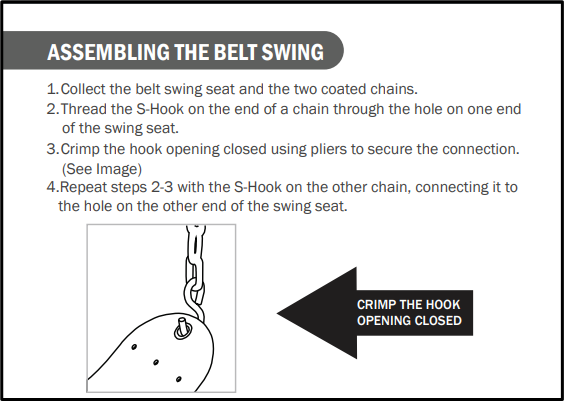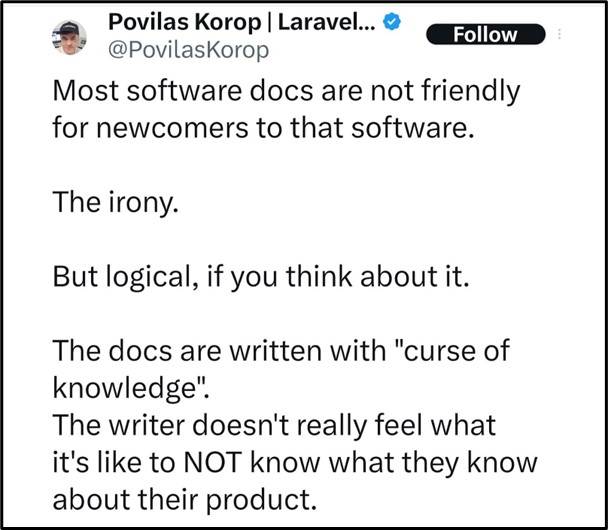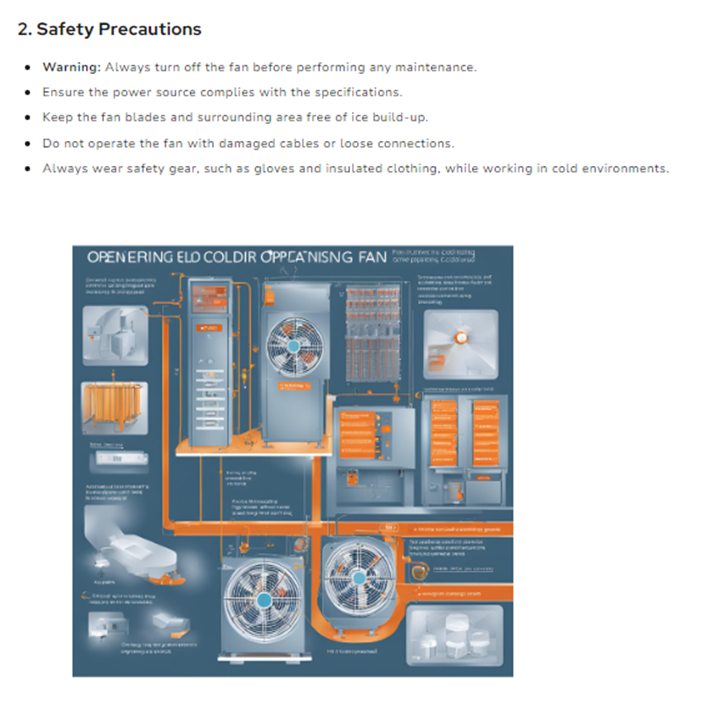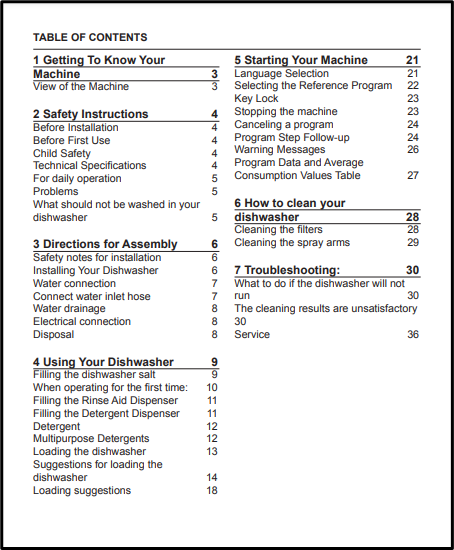How many of you agree?
Communicating with an expert is easier than communicating with a layman.
When you write documentation or user manuals for a tech audience, you communicate with experts with specialized knowledge and understand technical jargon and processes.
But how do you do it when you write for readers with limited technical know-how or a non-technical audience?
Effective communication is a key factor in the success of your product!
– Jesse James Garrett
A good technical writer understands that technical writing for a non-technical audience requires a non-identical line of thought and writing style. It is about communicating the information to the audience in a simplified way so they can process and use the information to their benefit.
In this article, we will walk you through the different aspects of technical writing for a non-technical audience. By the end of this article, you will gain the right technical writing tools and mindset to write for your non-technical audience.
Why Does it Matter?
The tech industry is a world of its own, with experts communicating in their common technical language. But then there are times when some technical information needs to be delivered to a non-technical audience to
- Expand reach and accessibility
- As a support in product understanding
- To avoid miscommunication
From medical equipment instruction manuals to machine user manuals to installation guides, crucial information should not be lost in the world of terminology.
And, as a technical writer, it falls on you to share specialized information with an outsider who is not a part of that world. We get your temptation to overwhelm your non-technical audience with details they don’t need for their purposes.
However, as a good writer, you have to recognize that the terminology you regularly use for a technical audience isn’t going to work for a non-technical audience. You have to bridge the gap between terminology and information.
How Does Technical Writing Differ for a Non-Technical Audience?
First things first. The goals for a non-technical audience might differ from what you are used to. Why do you think people read technical documents? Because they want to accomplish something, right?
You understand what your technical audience wants to accomplish, and give them that. Similarly, when you understand what your non-technical audience wants to accomplish from a particular piece of content, then you can offer them relevant and understandable information.
Secondly, when you write for a product you believe in, you are somewhat fascinated by its power and impact. However, your audience is unaware and might not feel the same way. While you or other tech enthusiasts might be interested in knowing how something works, the user may want to know whether it is beneficial for them or not and how to use it.
See this example of technical writing, in which the author identified the reader’s need without adding the technicalities of how a belt swing works.

Source: thdstatic
The author did not go into any unnecessary details about the belt swing. However, they clearly stated the important part of crimping the hook by mentioning it again. The writer understands that their readers are only interested in setting up the swing and using it, but they also make their readers aware of areas needed to secure the product safely.
When writing for a non-technical audience, you have to be mindful about
- End user goal
- Scaling back technical details
- Writing in line with your reader’s expectations

Source: Google Developers
Things to Consider When Writing for a Non-Technical Audience
Before we understand what to do when writing for a non-technical audience, let’s first look at what not to do.
- Much of why to use and not how to use
- Too much jargon, acronyms, and details
- Heavy words and long sentences
Now, let’s join hands and take the technical writing approach to writing for a non-technical audience.
1. Know Your Audience
You are not writing for your peers, so you must speak their language. Keep the tone conversational and engaging. Direct your reader’s attention to what they need to do.
2. And, It’s Also About the Objective
In addition to who you are writing for, you must also consider why you are writing for them and where you want to direct your audience’s thinking.
3. Focus on Outcomes, Not Processes
The readers just need enough information. Provide enough information to be effective, but do not include anything extra that could confuse the reader or bury your message.

Source: X
4. What’s the Story
Stories engage audiences, especially when they are rooted in everyday experiences. Even questions, as they increase curiosity. However, they employ stories only where they add value.
Schedule a demo with one of our experts to take a deeper dive into Document360
Book A Demo
5. Be Direct With Instructions
You may get away with one-word instructions for developers – Copy, Delete, Exit. However, for a non-technical audience, add more words – Press the Delete button.

Source: Document360 Sample projects
6. Use Analogies and Examples
Stick to common analogies and real-world examples. Readers tend to struggle when the experiences shared are far from their own.
7. Test the Content Among Non-Technical Individuals
Take the help of a non-technical colleague to read the piece to see if they picked up the information you wanted to share. Use AI tools for technical writing to optimize your content.
8. Organize Your Document
The quality of the information is important but so is the structure of your document. You don’t want your reader to get confused. They should understand what step they need to take next.

Source: Beko
9. Add Visual Aids Like Infographics
Adding visual cues to your document can simplify technical information for non-technical audiences. However, don’t just insert a visual if the written explanation does the work.

Source: Kogan
10. Avoid Jargon and Overly Complex Terms
Don’t explain every element. For instance, your audience may not care about which language was used or the grid search done to optimize. Focus only on the pieces critical to the message.
Remember, complex work cannot build credibility and understanding. Look for ways to make your information tangible with visuals and relatable experiences. Or, better yet, start with a common problem for which you have a solution for your audience.
Also read: Role of Videos in Modern Technical Writing
Conclusion
As a writer, your end goal is delivering effective information to the readers in a way they can consume it efficiently. It doesn’t matter whether you are writing for a technical audience or in this case, a non-technical audience. What matters is how you simply communicate complex details and information.
However, while you can freely use technical language and jargon when writing for an expert audience, you need to be more mindful when writing for a non-technical audience.
From your choice of words to scaling back unwanted details to simplifying information, your aim must be to convey what needs to be conveyed without overwhelming your readers.
- Prioritize your readers
- Cut back on terminology and jargon
- Make complex concepts easier to understand
- Include relatable examples, visuals, real-world analogies
- Test and optimize your content with the right technical writing tools
Eventually, the key to successful technical writing for a non-technical audience is creating a balance. Giving your readers clear and actionable information.
Clear the noise and focus on what they need to listen to.
Frequently Asked Questions
-
How to write for a non-technical audience?
Nobody expects a technical writer to write a technical document without using technical words or concepts. What is expected of technical writing for a non-technical audience is to explain the products, processes, or procedures in a simplified way so the readers understand and use the information. What you need to do is ● Adjust your writing style ● Structure the document neatly ● Add visual elements to support
-
What role does empathy play when writing for a non-technical audience?
Empathy allows you to put yourself in your reader’s shoes. Being an empathetic writer helps you tailor the content to your audience’s needs. It gives you the power to see your audience in a different light, and a chance to understand what challenges your non-technical audience faces when you mindlessly throw technical analogies and jargon at them.
-
How do you explain technical details to a non-technical audience?
You can start by defining the concepts the very first time you introduce them in the piece. If possible, break it down into small understandable steps so your audience doesn’t get overwhelmed. To better explain technical terms use analogies, metaphors, or everyday examples. Give just enough detail as both too little or too much detail can lead to confusion. Focus on essential points and link it to additional resources if required.
-
How do visuals aid technical writing for non-technical audiences?
We humans tend to remember visual content for a longer period than written or verbal content. Visual cues can help you ● Make the information more understandable ● Simplify complex information ● Keep your readers engaged You can include diagrams, flowcharts, infographics, images, or charts, however, ensure the visual cues flow effortlessly and add value to the content.
-
What techniques can help in writing for non-technical audiences?
Start by getting the tone right. It should be friendly and approachable, not boring or arrogant. Use an active voice, create shorter sentences, and avoid complex words. Also, humans are fond of stories, real-time examples, and even case studies. You can include some humor, as it humanizes the content and keeps the reader engaged. Use it in the beginning as an ice-breaker, as a non-technical audience might be intimidated by technical writing.
-
What types of documents are typically written for non-technical audiences?
Documents typically written for non-technical audiences include ● Customer service guides ● Instructions for use ● Installation guides ● Product descriptions ● Marketing materials ● Social media captions and posts ● Newsletters ● Blog posts ● Press releases ● Analytics and reports ● Website content ● Advertisements ● Training materials ● Brochures ● FAQs
-
How important is it to neatly structure a technical document for a non-technical audience?
A structured document plays a crucial role in providing information and shaping the user experience. A neatly structured document is easy to navigate and consume, leading to a better user experience. It also helps reduce support costs, as when the information is laid out, the user can act upon it effortlessly. Also, it reflects professionalism, which helps to build trust and credibility.
-
How can AI tools for technical writing help me create effective content for non-technical audiences?
AI tools for technical writing can be your invaluable support system when writing for a non-technical audience. Besides simplifying the complex technical language, technical writing tools can help you ● Generate definitions for technical terminologies ● Suggest visual input ● Ensure consistency across the document ● Structure the document ● Reduce errors and editing time ● Give real-time feedback ● Iterate the content ● Increase engagement and readability
-
What is the most effective reporting method to use for a non-technical audience?
The most effective reporting method for a non-technical audience is prioritizing understanding and avoiding involving too many technical details. ● Use simple, clear, and concise language ● Avoid technical jargon ● Explain complex concepts with real-world examples ● Add visuals ● Focus on key takeaways




 –
– 

